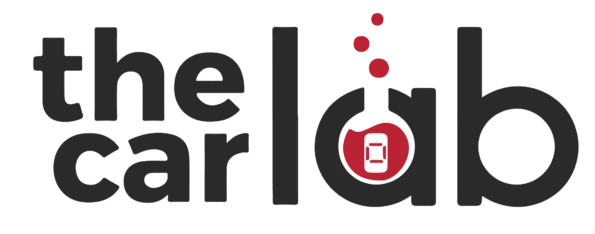

BMW Clutch Repair and Replacement Service
At The Car Lab Auto Repair Center, we understand the importance of a correctly operational clutch in enhancing your BMW’s performance. Our highly skilled technicians are equipped with the tools to accurately identify, fix, and change any broken parts of BMW’s clutch system. To give you a dependable and smooth vehicle, we provide complete services for clutches, such as difficulty shifting gears, slipping clutches, and noises. Here is an extensive account of how we do our repairs on clutches and replacement processes.
Initial Consultation: First, we will ask questions regarding the clutch challenges you faced, such as difficulty in transmission gears, slippage, or strange sound from the gearbox. Our team will also look at your vehicle service records to determine whether there have been previous repairs on the clutch or any other related services, thus establishing if there are some persistent problems or previously taken measures.
Pre-Service Inspection: The clutch system, including the clutch pedal, linkage, and visible components, must be scrutinized for any signs of wear, damage, or leaks. We can ascertain how well your car is functioning by taking it for a test drive and watching out for problems with the clutch, such as difficulties changing gears, slippage, or strange sounds.
Diagnosis: The hydraulic clutch system, which consists of a master cylinder, slave cylinder, and hydraulic lines, is checked for leaks or damage. We confirm the accuracy of fluid levels and look for signs of contamination. A detailed examination may require disassembling the BMW transmission, and diagnostic tools are utilized to check the status of the clutch disc, pressure plate, and flywheel for any signs of abrasion or other defects.
Preparation for Repair/Replacement: When entering the clutch assemblage, we carefully remove and separate the transmission. Parts like the drive shaft, shift linkage, and several electrical connections must be disconnected during this process. To maintain the engine, use a bar or a similar tool to support it.
Clutch Component Replacement: We installed a new clutch disc and pressure plate, ensuring they are correctly aligned and secured according to the manufacturer’s instructions. Furthermore, we replace both the release bearing and pilot bearing to ensure smooth operation and avoid potential issues down the road.
Flywheel Resurfacing/Replacement: One way is to recondition it to have a smooth surface or evenness, which is essential for the clutch to function well in case there are signs of damage or wear on the flywheel. If resurfacing is impossible, we will replace the flywheel with a new one of high quality to preserve your clutch system from further damage and ensure it lasts longer and functions well. We aim to provide surfaces that guarantee no problems arise and thus maintain proper linkage.
Reassemble Transmission: If the flywheel was taken out previously, it is reinstalled, and the bolts are secured according to the manufacturer’s instructions. The pilot tool accurately aligns the pressure plate to reinstall the clutch disc. We secure the bolts on the pressure plate in a star pattern to ensure uniform pressure. Next, we align ourselves precisely with the motor and reattach the transmission. All disconnected items like the driveshaft, shift linkage, and electric power cables are fully reattached.
Hydraulic System Bleeding: Once the clutch parts have been changed or fixed, we drain the hydraulic System entirely so there’s no more air and the correct fluid moves around. There must be no sponginess or lack of response from the clutch pedal, thus making it smooth to touch and steady. We carefully check it out to ensure everything works correctly without flaws.
/ Related Services

Address
24b street, Al qouz Industrial area 2, Dubai

Phone
+971 4 3365597

info@thecarlab.ae
Services
Contcat Us
-
800 8257
-
+971 4 3365597
-
info@thecarlab.ae
-
24b street, Al qouz Industrial area 2, Dubai
-
Open daily from 8:00 am - 8:00 pm
-
24/7 Customer Care Service

